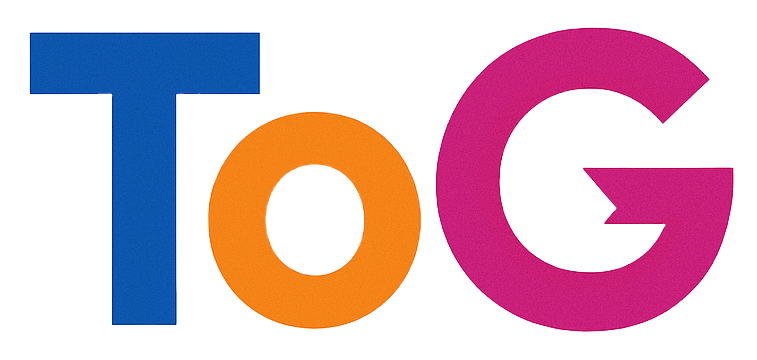Troubleshooting Indexing Issues: A Step-by-Step Guide for Website Owners
As a website owner with a reputable, high-ranking site, ensuring your pages are properly indexed by search engines like Google is crucial for maintaining visibility and driving traffic. However, even experienced webmasters sometimes encounter perplexing indexing problems. If you’re facing a scenario where a particular page refuses to be crawled or indexed despite your efforts, this article provides a comprehensive approach to troubleshooting and resolving the issue.
Understanding the Context
Suppose you have a high-traffic landing page that you initially set to “noindex” during development. Once the page was ready, you removed the noindex directive, verified that the page is now crawlable and indexable, and requested indexing through Google Search Console. Despite these steps, Google continues to show the last crawl date from before the noindex removal, and the page remains unindexed.
This situation can be frustrating, especially if the page is vital for your business. However, by systematically following troubleshooting best practices, you can identify and resolve the underlying issues.
Step 1: Confirm the Page’s Current Status
- Use Google Search Console’s URL Inspection Tool: Enter the page URL to see the latest crawled version, status, and any crawl or index errors.
- Verify Meta Tags and Robots.txt: Ensure that the page no longer contains a “noindex” meta tag and that your robots.txt file does not disallow crawling the URL.
- Check for Canonical Tags: Confirm that the page’s canonical link points to the correct URL and is not causing duplicate content issues.
Step 2: Review Crawlability and Accessibility
- Use Fetch as Google: Resubmit the page via Google Search Console to prompt a new crawl.
- Check Server Logs: Look for any crawl errors or issues that might prevent Googlebot from accessing the page properly.
- Evaluate Page Load and Mobile Usability: Slow loading times or mobile usability issues can hinder crawling and indexing.
Step 3: Address Potential Technical Barriers
- URL Changes: If you’ve recently changed the URL (e.g., modifying the slug), ensure proper redirects are in place and that the new URL is clean and accessible.
- Sitemap Update: Verify that your XML sitemap includes the correct URL and has been submitted and accepted by Google Search Console.
- Remove Blockages: Check for any plugin or security settings that might block Googlebot from crawling the page.
Step 4: Resubmit and Monitor
- Request Indexing Multiple Times: Use

